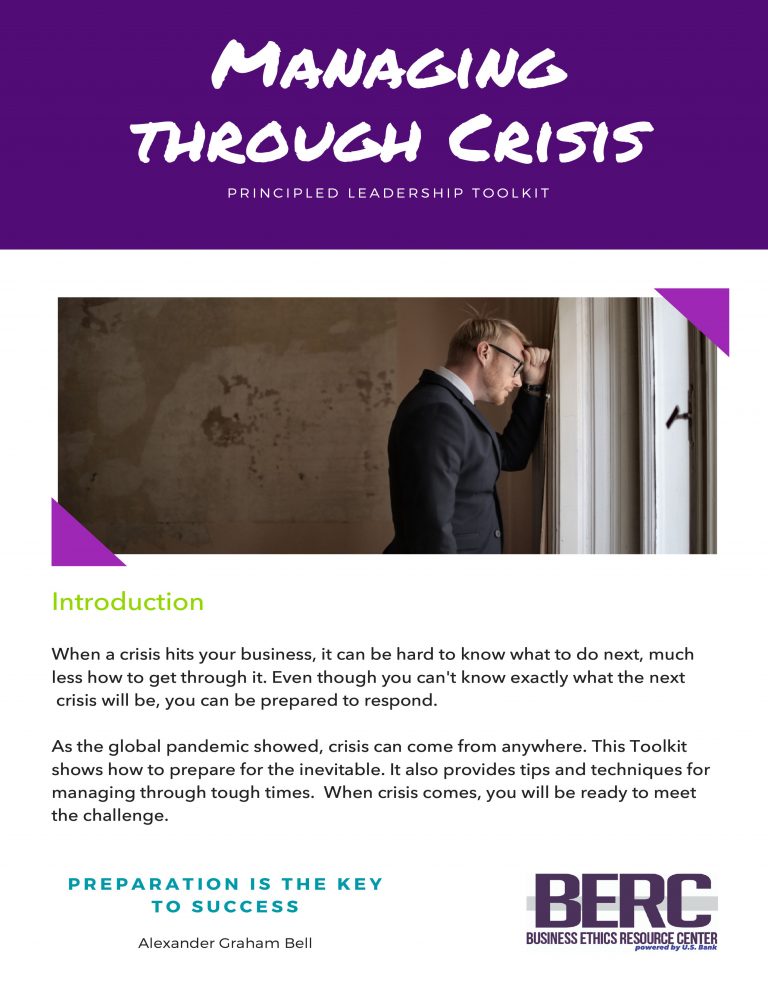
Mean what you say, and say what you mean.
In the 1990s, it was fashionable for businesses to develop mission statements. They hired consultants and public relations experts to put together statements that would catch customers’ eyes.
As with many fashions, though, the result was often inauthentic. Organizations that only want to appear to be ethical have no trouble crafting a mission statement that covers up moral problems in the company. To paraphrase one from that era:
Our Mission: To provide world-class service to our customers with a commitment to transparency, ethics, and doing the right thing in every instance.
With this mission statement on all the company’s advertising and correspondence, a major fraud unfolded within the organization, involving many executives and based entirely on taking advantage of customers.
Alongside a mission statement, many documents help establish the right “tone from the top” for a business. Ethical companies need to communicate values internally — frequently and consistently. A company code of ethics and code of conduct both provide a basis for a strong values-based culture that helps maintain ethics and compliance. But these documents are worthless if they are not genuine. Employees and customers now quickly see through communiques that don’t ring true.
The original mission-statement fad is over. To succeed in communicating your company’s commitment to values, be authentic and live up to your words.
Stacey Supina, Center for Ethics in Practice, University of St. Thomas



Recent Comments